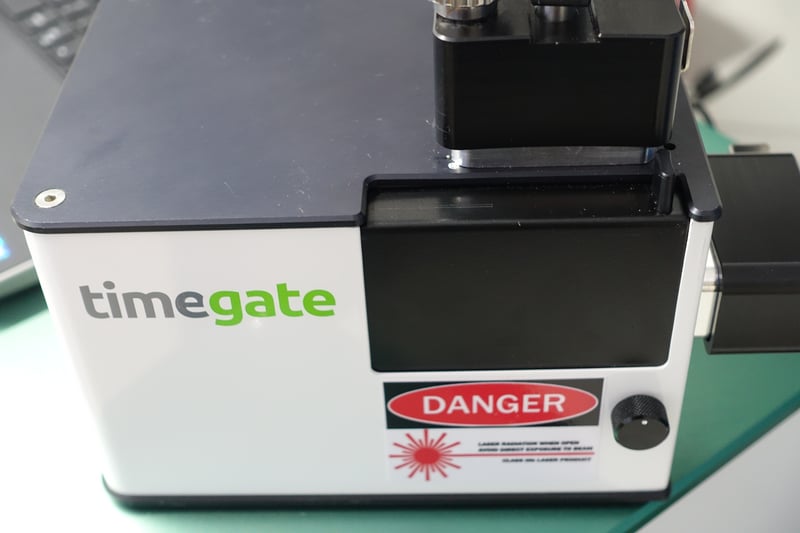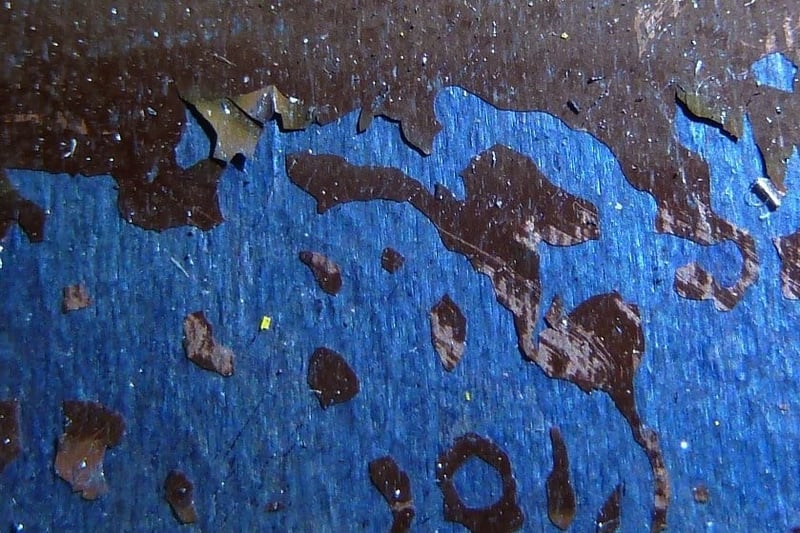Screening Industrially Important Minerals with Time-gated Raman Spectroscopy
In Timegate, we carried out a Booster project funded by EIT Raw Materials during 2018. The overall project objective was to get a wide understanding about the mineral types with which Timegated® Raman technology has the highest sensitivity. Altogether 37 mineral samples were measured during the project to get a view of the traceability for most promising valuable minerals (figure 1) and for the identification of the problematic gangue minerals. The following blog introduces some of the project results and provides a chart with the identified Raman scattering intensities for the measured mineral samples.
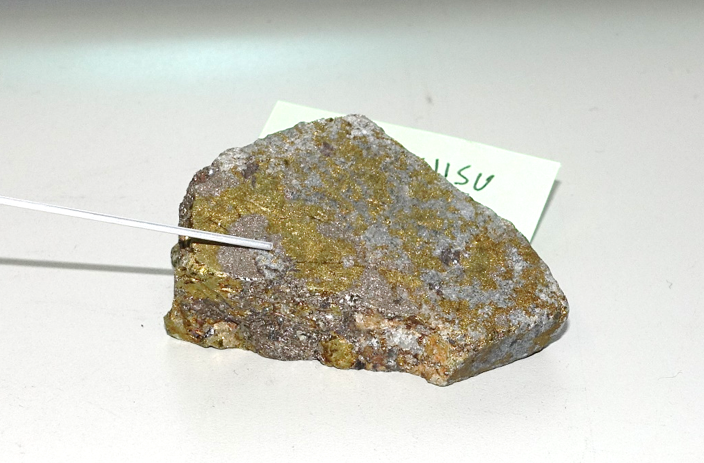
Figure 1. Chalcopyrite is one of the economically valuable minerals.
The advantages of time-gated Raman spectroscopy in mining
Raman spectroscopy can, similarly to XRD (X-Ray Diffraction), provide mineralogical information which can be used to identify and quantify mineral compositions. According to estimates, only around 20 % of all industrially important minerals can be accurately measured with conventional Raman, while the rest 80 % of the minerals have fluorescence and photoluminescence interference. These interfering signals have overlapped weak Raman signals and prevented the use of Raman spectroscopy in the mining process monitoring applications. New Timegated® Raman technology has now solved this issue. Indeed, photoluminescence interference was not an issue in these Timegated® Raman measurements carried out during this project.
Time-gated Raman enables on-line measurements in real-time and and without the need for sample preparation. In the current state-of-art techniques like XRD (X-ray Diffraction) or MLA (Mineral Liberation Analysis), the adaptation for continuous measurements has been more challenging as these techniques always require sample preparation. Furthermore, XRD also has challenges with light elements such as lithium and with amorphous structures.
The third advantage, when compared with conventional Raman spectroscopy, time-gated spectroscopy enables robust measurements in the ambient light. Also, thermal emission does not interfere with the measurements either and thus also high temperature processes can be measured. Read more about effective ambient light suppression in this blog post [link] and high temperature measurements in here [link].
The measurements carried out during this project were done in ambient light conditions which would be substantially more challenging using conventional Raman. Nevertheless, the laser eye safety protection and the use of safety googles is also needed with time-gated Raman measurements.
The short description of doing Raman measurements
The mineral samples were measured using a Timegate Instruments PicoRaman spectrometer equipped with a 532 nm pulsed laser (figure 2). Ten consecutive measurements were taken from each sample resulting to a total of 370 measurements. Each measurement consisted of 5 880 000 recorded laser pulses. Each measurement was carried out with the same spectrometer unit and with the same measurement parameters. The measurement results were studied and used for further calculations and visualizations.
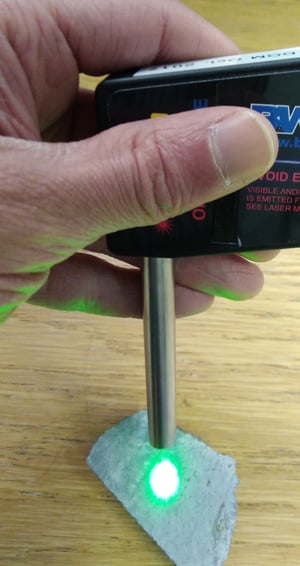
Figure 2. Analysing a rock sample by using a Raman probe.
Drafting the limits of detection for different industrially important minerals
A sample group containing a large portion of the most economically important industrial minerals were collected and measured during this project (see figure 3). The variation in the SNR (signal to noise ratio) indicates the variation in the detection limits in these minerals. The minerals that produced signals with the highest signal to noise ratio are in the upper left section of the figure. The most promising minerals with significant economic value included apatite, spodumene, iron (hematite), chalcopyrite and graphite. Identifying and quantifying gangue minerals is also important. Talc, quartz, calcite, dolomite, gypsum, feldspar, fluorite, garnet and chlorite all produced high intensity Raman signals. If you want to know more about the detection limits with your samples, please contact us!
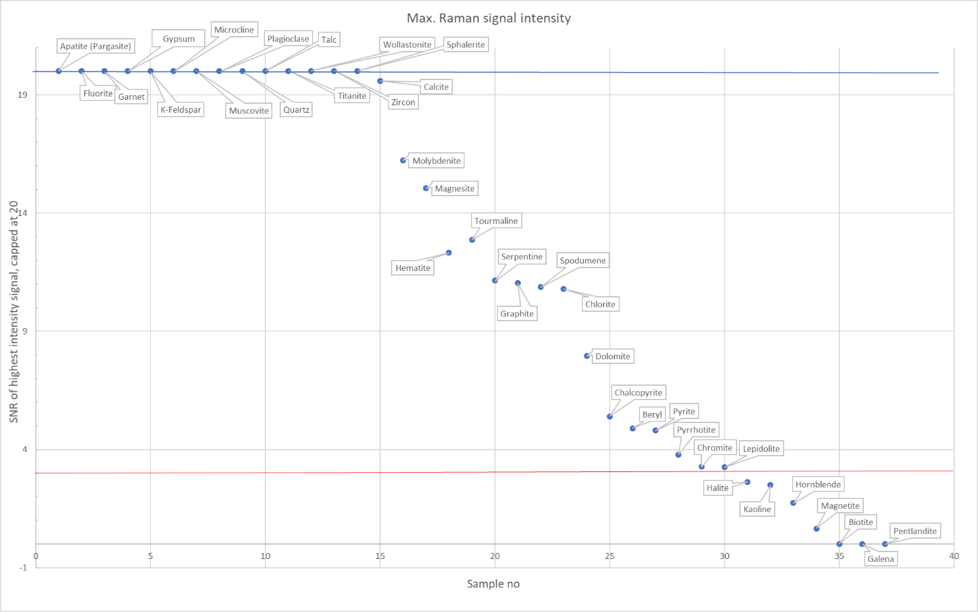
Figure 3. Mineral spectra arranged according to their highest intensity signal to noise ratio. The maximum signal value is capped at 20 (blue line). The red line marks limit of signal to noise ratio of 3, which can be considered the limit of reliable detection.
Download a case study about Monitoring and Controlling of Conversion degree from α- to β-spodumene in High-temperature Calcination Process from the link below.
We have developed novel sensing hardware tools completed with monitoring service to separate waste rock and gangue from valuable minerals and to detect any potential mineralogical changes during processes. Integrating our offering to the mine service ecosystem and Enterprise Resource Planning (ERP) system, we can help mining companies with processing and internal sharing of real time information from the mine material flows and thus help to increase production by optimizing the mineral beneficiation process.
Download a brochure with cases from On-Line Process Monitoring with time-gated Raman Spectroscopy.
The Booster project was funded by:



